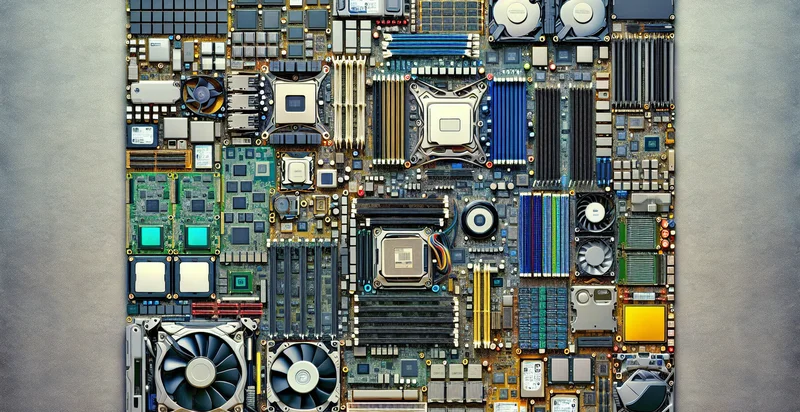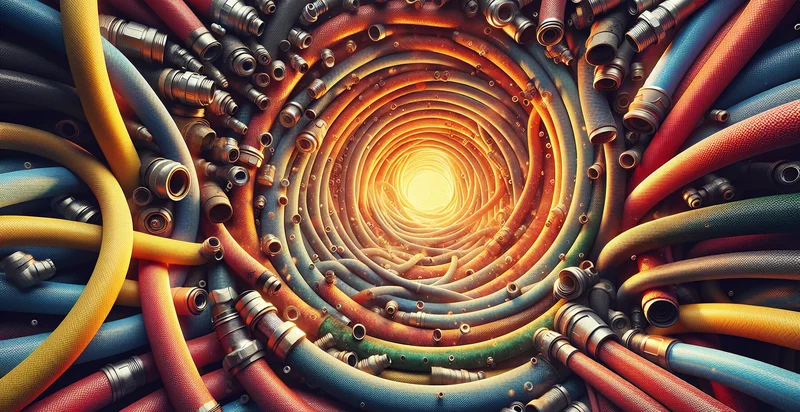Identify applicator type
using AI
Below is a free classifier to identify applicator type. Just upload your image, and our AI will predict what type of applicator it is - in just seconds.

Contact us for API access
Or, use Nyckel to build highly-accurate custom classifiers in just minutes. No PhD required.
Get started
import nyckel
credentials = nyckel.Credentials("YOUR_CLIENT_ID", "YOUR_CLIENT_SECRET")
nyckel.invoke("applicator-type", "your_image_url", credentials)
fetch('https://www.nyckel.com/v1/functions/applicator-type/invoke', {
method: 'POST',
headers: {
'Authorization': 'Bearer ' + 'YOUR_BEARER_TOKEN',
'Content-Type': 'application/json',
},
body: JSON.stringify(
{"data": "your_image_url"}
)
})
.then(response => response.json())
.then(data => console.log(data));
curl -X POST \
-H "Content-Type: application/json" \
-H "Authorization: Bearer YOUR_BEARER_TOKEN" \
-d '{"data": "your_image_url"}' \
https://www.nyckel.com/v1/functions/applicator-type/invoke
How this classifier works
To start, upload your image. Our AI tool will then predict what type of applicator it is.
This pretrained image model uses a Nyckel-created dataset and has 20 labels, including Airbrush, Brush, Corner Applicator, Disposable Applicator, Foam Applicator, Nozzle, Pad, Paint Guide, Pallet Knife and Pintail Applicator.
We'll also show a confidence score (the higher the number, the more confident the AI model is around what type of applicator it is).
Whether you're just curious or building applicator type detection into your application, we hope our classifier proves helpful.
Related Classifiers
Need to identify applicator type at scale?
Get API or Zapier access to this classifier for free. It's perfect for:
- Quality Control in Manufacturing: The false image classification function can be employed in manufacturing settings to identify and eliminate defective applicators from the production line. By automatically classifying applicators based on their images, manufacturers can enhance product quality and reduce waste caused by faulty components.
- Inventory Management Optimization: Retailers can utilize the false image classification function to efficiently manage their inventory of applicators. By analyzing images of stored applicators, the system can assist in tracking stock levels, identifying misplaced items, and streamlining restocking processes.
- Training and Education Modules: Educational institutions can implement the image classification function in training programs for cosmetology and other applicator-related fields. This feature can be used to assess student understanding of different applicator types, providing feedback and enhancing practical learning experiences.
- New Product Development Feedback: Research and development teams can leverage the false image classification function to gather insights on market trends for various applicator types. By analyzing consumer feedback and competitor offerings, companies can optimize their product designs and features for new applicators.
- E-commerce Product Categorization: E-commerce platforms can integrate the false image classification function to automatically classify and categorize applicators based on uploaded images. This can streamline the listing process for sellers and enhance the user experience by improving search and filtering capabilities for buyers.
- Customer Support Enhancement: Businesses can utilize the false image classification function within customer support systems to quickly identify and classify customer-submitted images of applicators. This can lead to quicker resolutions for customer inquiries, complaints, or returns, improving overall customer satisfaction.
- Regulatory Compliance Monitoring: Companies in the healthcare and cosmetics industries can use the false image classification function to ensure compliance with regulatory standards for applicators. By analyzing images against established norms, businesses can proactively address issues related to safety and quality control.


